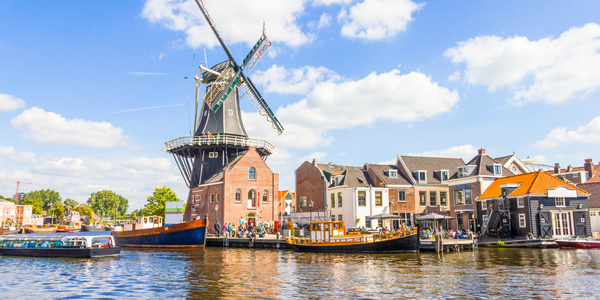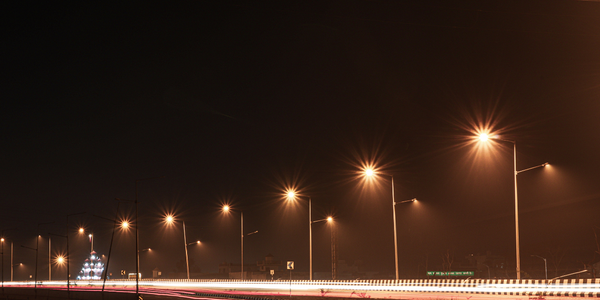Customer Company Size
Large Corporate
Region
- America
Country
- United States
Product
- Nutanix Enterprise Cloud
- Nutanix Acropolis NX-8000 series
- VMware ESXi
Tech Stack
- Hyperconverged Infrastructure
- Virtualization
- Site-to-Site Replication
Implementation Scale
- Enterprise-wide Deployment
Impact Metrics
- Productivity Improvements
- Cost Savings
- Customer Satisfaction
Technology Category
- Infrastructure as a Service (IaaS) - Cloud Computing
- Infrastructure as a Service (IaaS) - Cloud Storage Services
Applicable Industries
- Cities & Municipalities
Applicable Functions
- Business Operation
Use Cases
- Remote Asset Management
- Infrastructure Inspection
Services
- Cloud Planning, Design & Implementation Services
- System Integration
About The Customer
Redmond is a large city located in the State of Washington, northeast of Seattle, with a residential population of approximately 60,000. The city government is responsible for managing various public services and infrastructure, including IT systems that support the city's operations. The IT team, led by network systems engineers Keith Laycock and Simrat Sekhon, is tasked with maintaining the city's networking and server infrastructure. The city government sought to modernize its IT infrastructure to improve efficiency, reduce costs, and enhance service delivery to its residents.
The Challenge
Keith Laycock and Simrat Sekhon, network systems engineers for the City of Redmond, faced the challenge of managing a complex and aging IT infrastructure. The existing setup included HPE servers, VMware for virtualization, Brocade switches for SAN traffic, and NetApp storage, which was cumbersome to maintain. The high maintenance costs of NetApp systems, especially post-warranty, and the inefficiencies of the third NetApp upgrade prompted the need for a more innovative and efficient IT solution. The City required a product that could save time while providing the high performance and reliability necessary for running its applications and services.
The Solution
The City of Redmond's IT team evaluated several infrastructure options from vendors like Tintri, Pure Storage, HPE, and EMC. They ultimately chose the Nutanix Enterprise Cloud for its maturity and comprehensive hyperconverged solution, which significantly reduced the infrastructure needed. The decision was supported by positive feedback from regional Nutanix references, allowing the city to proceed with deployment without a proof of concept. The Nutanix systems now support the city's production VM environment, with a secondary system for site-to-site replication to a disaster recovery site. The deployment includes approximately 105-120 production server VMs running on Nutanix, providing simplified management and better visibility into the storage fabric.
Operational Impact
Quantitative Benefit

Case Study missing?
Start adding your own!
Register with your work email and create a new case study profile for your business.
Related Case Studies.

Case Study
Turning A Stadium Into A Smart Building
Honeywell created what it called the “intelligent system” for the National Stadium in Beijing, China, turning the venue for the opening and closing events at the 2008 Summer Olympics into a “smart building.” Designed by highly controversial artist Ai Weiwei, the “Bird’s Nest” remains one of the most impressive feats of stadium architecture in the world. The 250,000 square meter structure housed more than 100,000 athletes and spectators at a time. To accommodate such capacity, China turned to Honeywell’s EBI Integrated Building Management System to create an integrated “intelligent system” for improved building security, safety and energy efficiency.
.png)
Case Study
Smart Street Light Network (Copenhagen)
Key stakeholders are taking a comprehensive approach to rethinking smart city innovation. City leaders have collaborated through partnerships involving government, research institutions and solution providers. The Copenhagen Solutions Lab is one of the leading organizations at the forefront of this movement. By bringing together manufacturers with municipal buyers, the Copenhagen Solutions Lab has catalyzed the development and deployment of next-generation smart city innovations. Copenhagen is leveraging this unique approach to accelerate the implementation of smart city solutions. One of the primary focus areas is LED street lighting.

Case Study
Buoy Status Monitoring with LoRa
The Netherlands are well-known for their inland waterways, canals, sluices and of course port activities. The Dutch Ministry of Infrastructure indicates that there are thousands of buoys and fixed items in and near water environments that would profit from IoT monitoring. One of the problems with buoys for example, is that they get hit by ships and the anchor cable breaks. Without connectivity, it takes quite some time to find out that something has happened with that buoy. Not to mention the costs of renting a boat to go to the buoy to fix it. Another important issue, is that there is no real-time monitoring of the buoys at this moment. Only by physically visiting the object on the water, one gains insight in its status.

Case Study
Barcelona Case Study
Barcelona’s heavy traffic and its associated high levels of pollution were the primary factors that motivated some companies and universities to work on strategies for improving traffic in the city centre. Bitcarrier is one of the technologies involved in the In4Mo Project, whose main objective is to develop the applications that form the core of smart mobility, one of the fundamental pillars of the smart city concept.

Case Study
China Mobile Smart Parking
Smart Parking, powered by NB-IoT technology, is making it easier for drivers to find free parking spots. Cities can better manage their parking assets and maximize the revenue available to them as a result. Drivers searching for parking create congestion and pollution by circling and hunting for available parking. Smart Parking services are able to significantly ease these problems by guiding a driver directly to a parking space.








